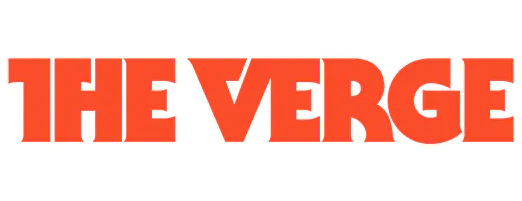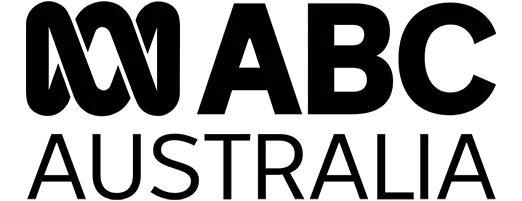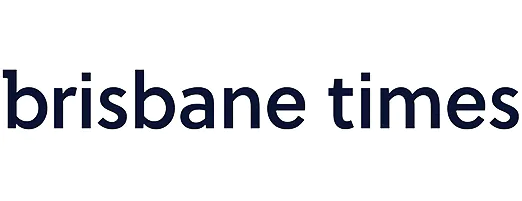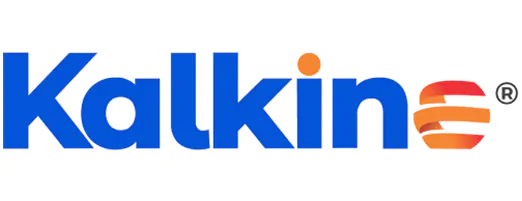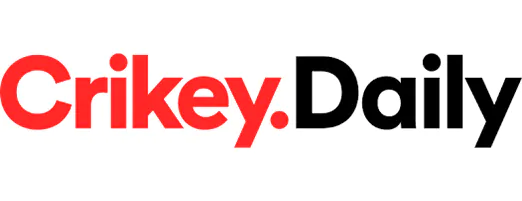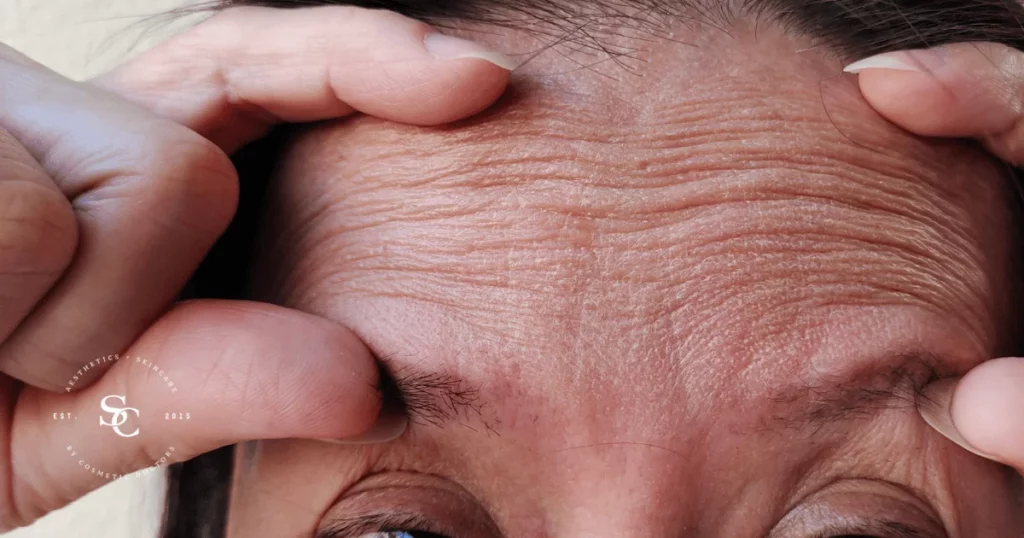Understanding Forehead Lines: An Overview
Forehead lines, also known as expression lines or wrinkles, are creases and furrows that develop on the forehead over time. They are a natural part of the aging process and are often associated with facial expressions. In this comprehensive guide, we will delve into the world of forehead lines, exploring their nature, causes, treatment options, and prevention strategies.
Identifying the Symptoms of Forehead Lines
The primary symptom of forehead lines is the presence of horizontal lines or wrinkles on the forehead, typically most noticeable when the face is at rest or during specific facial expressions, such as raising the eyebrows.
Causes and Risk Factors of Forehead Lines
Understanding the causes and risk factors of forehead lines is essential:
- Aging: Forehead lines are a natural result of aging, as the skin loses elasticity and collagen over time.
- Facial Expressions: Repeated facial movements, such as raising the eyebrows or frowning, contribute to the formation of these lines.
- Sun Exposure: Prolonged and unprotected sun exposure accelerates skin aging, making forehead lines more noticeable.
- Genetics: Genetic factors can play a role in determining an individual’s predisposition to developing prominent forehead lines.
Different Types and Stages of Forehead Lines
Forehead lines do not have distinct types or stages but can vary in severity and prominence among individuals.
Diagnosis: How Forehead Lines are Detected
Diagnosing forehead lines is a visual assessment by a healthcare provider or dermatologist. No specialized tests are needed to identify these facial lines.
Treatment Options for Forehead Lines
Several treatment options can address the appearance of forehead lines:
- Anti-Wrinkle Injections: Botulinum toxin injections, often referred to as anti-wrinkle injections, can relax the muscles that contribute to the formation of forehead lines, resulting in a smoother appearance.
- Dermal Fillers: Injectable dermal fillers, such as hyaluronic acid-based fillers, can be used to add volume to the forehead and reduce the appearance of these lines.
- Laser Resurfacing: Fractional laser treatments stimulate collagen production and improve skin texture, potentially reducing the depth of forehead lines.
- Chemical Peels: Chemical peels exfoliate the skin’s surface, which can lead to smoother skin and less noticeable forehead lines.
- Microneedling: Microneedling procedures promote collagen formation and may improve the appearance of forehead lines.
Prevention Strategies for Forehead Lines
Preventing the worsening of forehead lines involves minimizing risk factors:
- Sun Protection: Regularly applying sunscreen with an SPF of 30 or higher helps protect the skin from UV damage, slowing the development of forehead lines.
- Smoking Cessation: Quitting smoking can slow down the aging process and reduce the breakdown of collagen.
- Skincare: Using anti-aging skincare products containing retinoids and antioxidants can promote skin health and reduce the appearance of forehead lines.
Home Remedies and Self-Care for Forehead Lines
While home remedies cannot eliminate forehead lines entirely, they can help improve skin health:
- Moisturize: Apply a hydrating moisturizer regularly to keep the skin supple.
- Gentle Massage: A gentle massage with a moisturizer can improve blood circulation and skin texture.
- Healthy Lifestyle: A balanced diet, regular exercise, and adequate sleep contribute to overall skin health.
Impact of Forehead Lines on Skin Health
Forehead lines are a natural part of facial aging and generally do not cause physical discomfort. However, their appearance can have cosmetic and psychological effects:
- Cosmetic Concerns: Some individuals may feel self-conscious about the visibility of these lines, especially when expressing emotions or during close-up interactions.
- Emotional Impact: The presence of prominent forehead lines may affect self-esteem and body image.
Long-Term Management of Forehead Lines
Managing forehead lines often involves ongoing care:
- Maintenance Treatments: Regular follow-up treatments may be necessary to sustain results from cosmetic procedures.
- Sun Protection: Continual use of sunscreen and sun-protective measures is vital to prevent further skin aging and the worsening of forehead lines.
- Healthy Lifestyle: Maintaining overall health through diet, exercise, and stress management supports skin health and can delay the progression of forehead lines.
In conclusion, understanding forehead lines, their causes, treatment options, prevention strategies, and their impact on facial appearance is crucial for effective management and maintaining youthful-looking skin. Consulting with a healthcare provider or dermatologist can provide guidance on the most suitable treatments for individual concerns.

